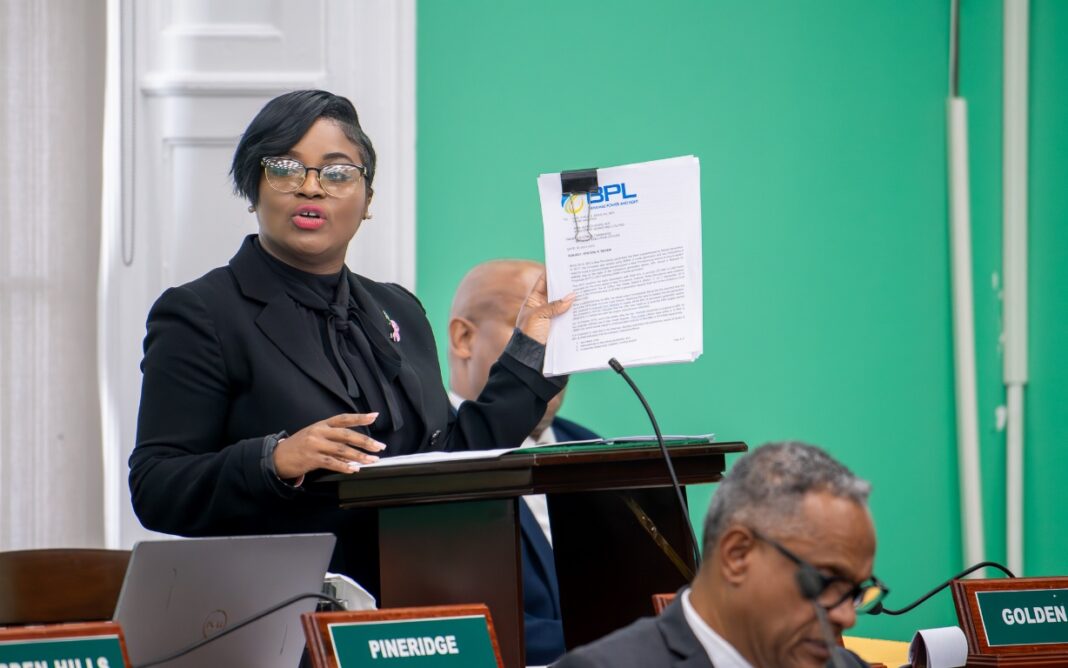Government plans to construct 177 MW LNG plant by 2026
The government plans to reduce overall energy costs and enhance the efficiency of its generation assets by integrating liquefied natural gas into its energy generation mix, with plans to construct a state-of-the-art 177 MW LNG plant at the Blue Hills Power Station by 2026.
Energy and Transport Minister JoBeth Coleby Davis stated yesterday, “By integrating LNG, we aim to reduce overall energy costs, enhance the efficiency of our generation assets, and minimize environmental impacts. This initiative introduces LNG as a cleaner alternative to Heavy Fuel Oil and Automotive Diesel Oil. LNG is being implemented for efficient generation in New Providence, bringing it to The Bahamas to lower energy costs, improve asset efficiency, and mitigate environmental impacts.”
According to Coleby-Davis, Shell will source the bulk purchase of LNG, with Bahamas Utility Company (BUC) as the independent power producer under a purchase power agreement. She outlined the construction of a 177 MW Combined Cycle LNG plant at the Blue Hills Power Station by 2026. “This innovative facility will feature four natural gas units paired with two steam turbines, maximizing efficiency by utilizing excess steam from the gas units,” she added.
Coleby-Davis further explained, “This combined cycle configuration will be the most cost-effective generation solution in the BPL fleet, replacing rented generation capacity and addressing generation shortfalls under contingency conditions, enhancing redundancy and resilience. Additionally, two original generators at the Blue Hills Power Station will be converted, completing the transition to a more efficient and resilient system. BPL and its consumers are projected to save approximately $125.6 million annually through fuel switching and improved engine efficiency.”
However, businessman Robert Myers, a former Bahamas Chamber of Commerce and Employers Confederation Chairman, questioned the rationale behind placing an LNG plant at the Blue Hills power station.
Myers stated: “Regarding LNG, it makes absolutely no sense to place the LNG plant at Blue Hill! Why would this not be at Clifton where the LNG has to be offloaded and stored? Why would one risk running LNG in pipes from Clifton Pier to Blue Hill? This seems dangerous and VERY expensive! Please explain the logic and upside of this decision. We would remind the decision-makers that over the years there have been numerous breaches to the relatively inert diesel fuel line that currently runs from Clifton Pier to Blue Hill. Imagine if this new line is now being filled with highly flammable and combustible gas.”
Debby Deal, who formerly headed the BCCEC’s energy and environment division, also stressed that the government’s LNG plans for the Blue Hills station need to be clarified.





